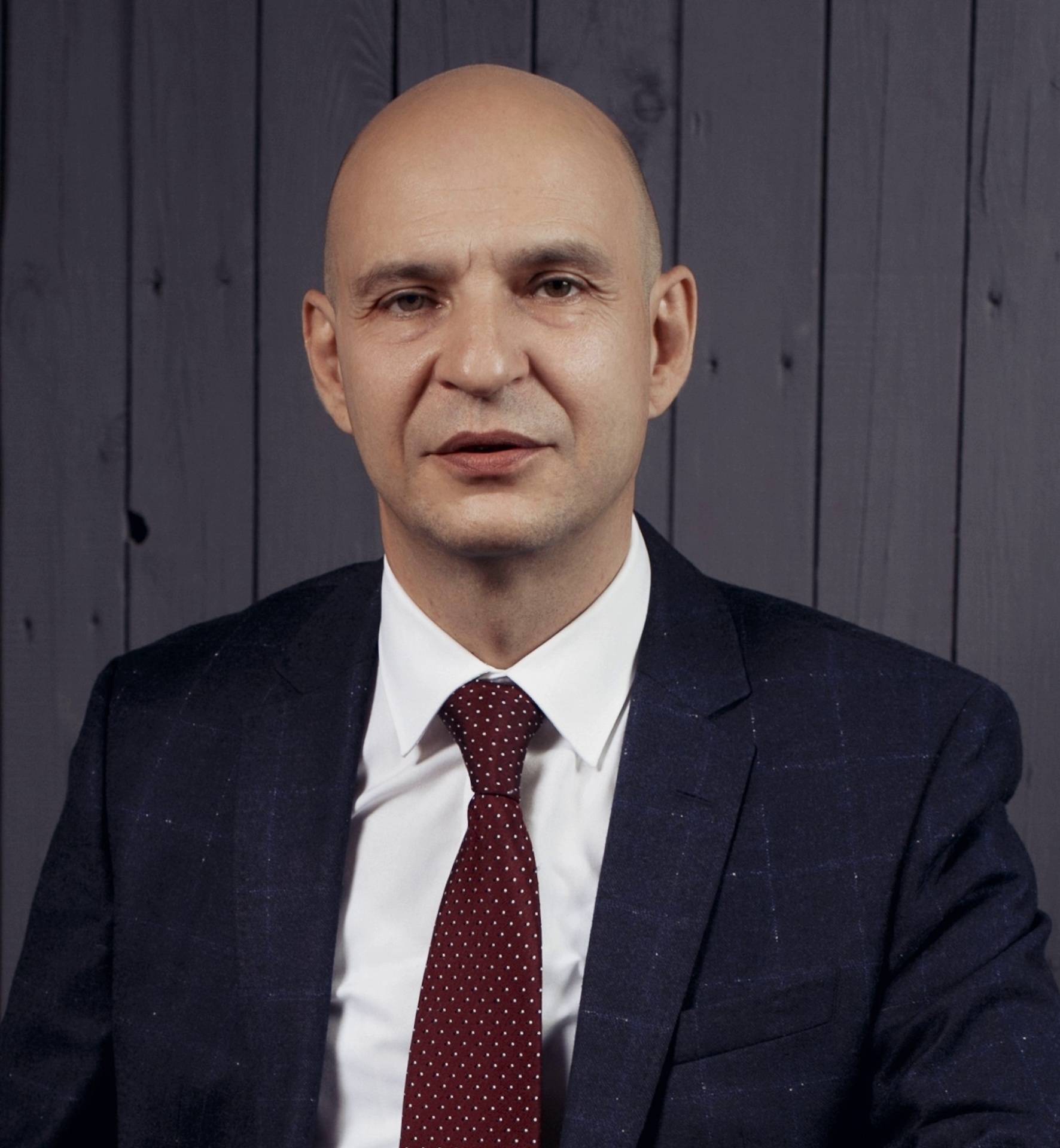 Alexander Lyubartsev
Alexander Lyubartsev
Metropolis specialists are entrusted with the reconstruction of technically and architecturally complex facilities. The company has many successful projects that have received a new life, such as the Luzhniki Grand Sports Arena, Gostiny Dvor, and the Bolshevik factory. Each of them can be safely classified as unique. Chief Engineer of Metropolis Alexander Lyubartsev tells about the complexities of reconstruction, the strong connection between history and modernity, the need to immerse yourself in the history of the subject on the pages of the magazine "All about the construction world" No. 3 (9), 2019.
Reconstruction of buildings and structures is...
Reconstruction is a completely different story when compared with the design and construction of a facility from scratch on a “clean” site. The main difficulties are, first of all, limited space and decision-making. Regardless of the scale of the reconstruction, the implementation of the project is impossible without a detailed survey of the building. We receive survey results from the customer as initial data, if something is not enough, we request additional information.
For an engineer, reconstruction work begins with a study of the existing situation. The more detailed and clearer the picture, the less surprises can be expected in the future. The lack of information can lead to the fact that you have to redo the work or change something in the decisions already made.
When you take on the reconstruction of an object, studying its history is the only correct approach. This scheme of work is applicable to absolutely all objects of reconstruction. It is impossible not to take into account and not to know the past life of the object. Even if the building retains its purpose after reconstruction, you still turn to archival materials, photographs, study history in order to make the right decisions.
Big job for big sport
This was also the case with the reconstruction of the Luzhniki stadium for the World Cup. When we first started work, we studied both the existing structures of 1957, and the frame with the roof built in 1997, and the design of this roof itself. During the study of the object, it turned out that the roof structures had been constantly monitored all these years. The observation was carried out by TSNIISK named after V.A. Kucherenko with the participation of the head of the sector for reconstruction and monitoring of buildings and structures, candidate of technical sciences Mikhail Iosifovich Farfel. It was then that we got to know the authors of the roof project, which made it much easier to understand how the structure works, its relationship with the building of the stadium itself, and what surprises we can expect during design and construction.
The work was challenging: while maintaining the size of the building, in accordance with the requirements of FIFA, it was necessary to provide all the necessary requirements for security, evacuation, convenience and comfort.
Reconstruction makes you think and act outside the box, taking into account a rather complex, multi-step sequence of actions. All technical solutions must be optimal. That is why the design of the stadium began with a conceptual approach. Of course, some solutions were born in the process of construction. It must be admitted that many of the technical solutions of the previous reconstructions of the stadium were competent and technically correct at that time. But we had other tasks ahead of us, they were completed. The appearance of the object, which is significant not only for Moscow, but for the whole country, was carefully preserved, the new sports arena adequately welcomed the World Cup.
New life in a historic place
The work on the territory of the Luzhniki Olympic Complex is an example of how the connection between history and modernity is organically and tangibly built. Along with the reconstruction of the GSA, we were engaged in the project of a multifunctional swimming center and carried out all the engineering systems and structures. Thus, a new object appeared, the historical connections of which were not lost. As a result, the project, interesting from an architectural and engineering point of view, fits well into the Luzhniki ensemble.
The Rhythmic Gymnastics Palace is another new facility on the territory of the Olympic Complex. The structure of the roof of the building is made in the form of a fluttering gymnastic ribbon. It was necessary to hide most of the communications, while ensuring the microclimate and vitality of the building, to make complex technical decisions: what materials to use, what the appearance of the facades would be, what the multi-layered roof should be, but at the same time maintain ease of perception.
The successful implementation of any project is the ability of an engineer to think in unison with the architect. The art of the engineer is to find a solution that meets all architectural design, reliability and safety. These principles are guided by the specialists of our company.
Caution: a monument of architecture
With architectural monuments there needs to be a slightly different algorithm of work. The Department of Cultural Heritage of Moscow clearly determines which fragments of the object should be preserved, controls the progress of work.
During the reconstruction of Gostiny Dvor, in which the Metropolis company took part, the task was to adapt the project to modern use, while minimally affecting the historical structures of the object. It is a difficult, almost jeweler's job to carry out engineering systems, arrange comfortable modern premises within the boundaries of historical structures, minimally and delicately intrude into the object, so that in the end everything looks organic. Such difficult work is valuable in that a huge array of technical solutions has been reworked, the variants of which, if they do not fall into the project, definitely remain in the treasury of the engineers' experience.
Invaluable experience, or an encyclopedia for an engineer
Reconstruction is an incredibly difficult job. But such a difficult experience is valuable because you rethink a lot of technical solutions. Each reconstructed object is a library, an encyclopedia, a manual for young engineers. Moreover, solutions have to be sought in specialized literature, in books, photographs, and in the history of the construction business. If you understand how it was done before, in what sequence it was built 50 or 100 years ago, then from an engineering point of view, this is often a hint for making the most original decisions. Having gone through several reconstruction projects in his life, an engineer begins to have unique knowledge and experience, and a professional outlook.
Read the full issue of "All about the construction world".















